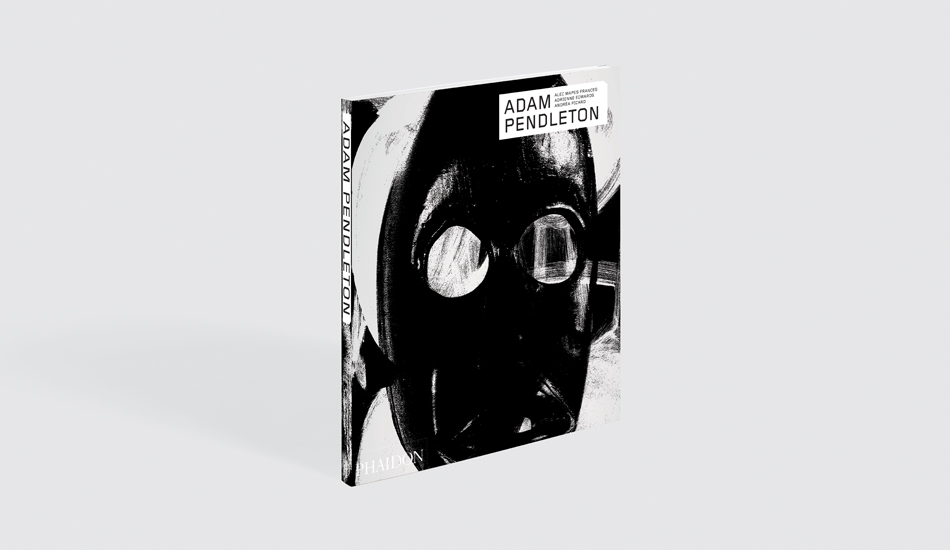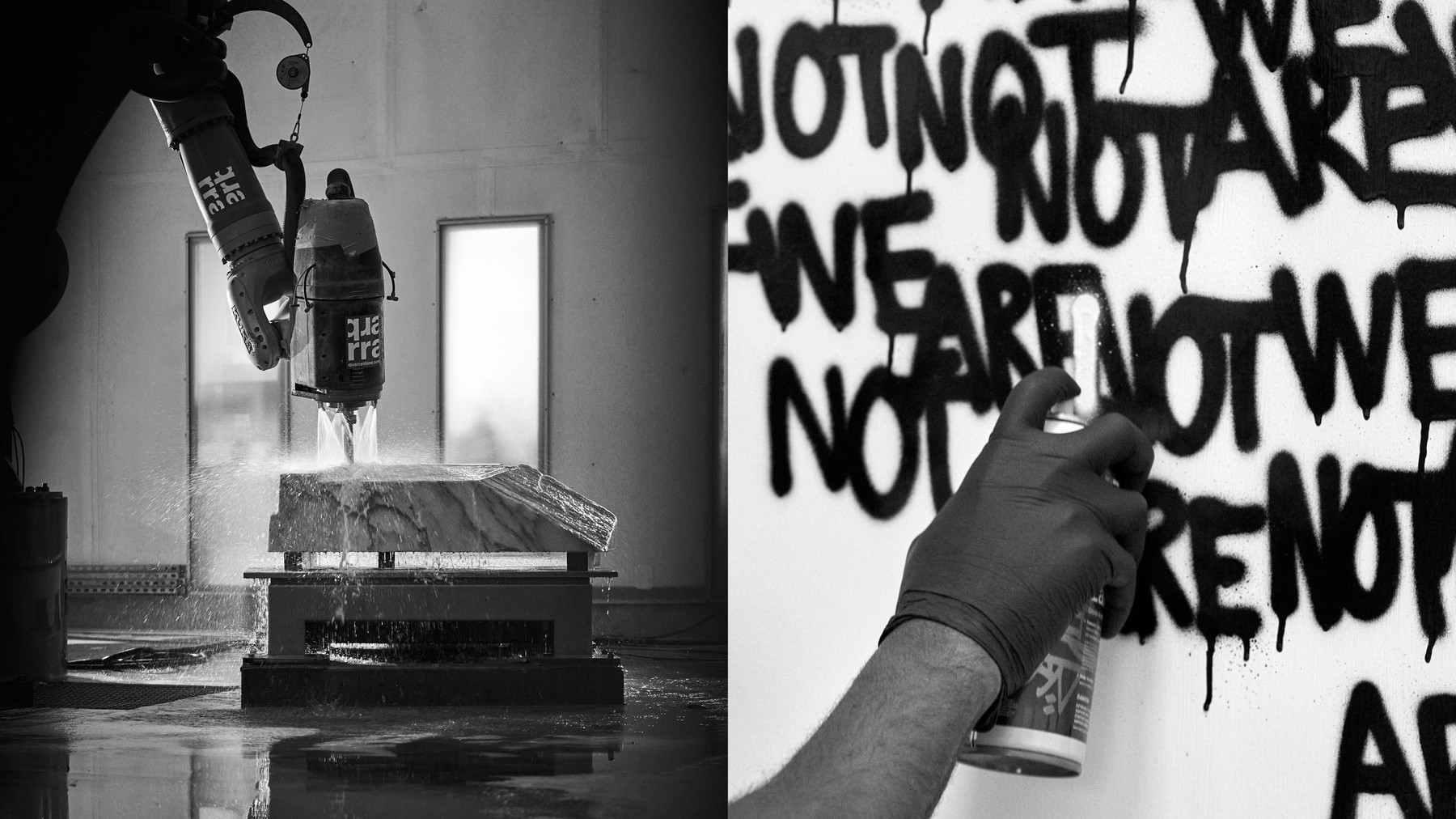
Why Pace is showing Adam Pendleton’s paintings alongside David Adjaye’s sculptures
Here's why Pendleton’s text paintings complement Adjaye's pyramid sculptures so well at this new Hong Kong show
If David Adjaye and Adam Pendleton agree on one thing, it’s that people rarely agree on anything. Adjaye, the award-winning Ghanaian-British architect isn’t keen on expressing a single point-of-view. As he writes in the introduction to our book on contemporary memorials, In Memory Of, “Rather than the imperialist idea of enshrining a singular view, I am interested in exploring the democratization of the memorial. As narratives unfold and splinter, there’s almost a fracture—or even a certain failure—in the very idea of making memorials.”
Pendleton, an African-American artist, expresses a similar splintering of perspectives in his work. In our book on Pendleton, the writer and curator Adrienne Edwards describes a recent series of paintings. “In Untitled (WE ARE NOT), a series of paintings begun in 2019, spray-painted text is repeatedly layered on top of itself, and across the painting’s surface. The phrase ‘WE ARE NOT’ breaks down into a field of various combinations: ‘WE NOT NOT WE ARE... WE NOT ARE NOT WE ARE...’
Next month, visitors to Pace gallery in Hong Kong will be able to compare and contrast these two, quite different takes on concord and cacophony, when works by Adjaye and Pendleton are shown together for the first time.
The show, simply entitled David Adjaye / Adam Pendleton, opens 18 May, and presents WE ARE NOT paintings alongside a series of modular, pyramid-like sculptures from Adjaye, which might appear to be fixed and monumental, but can in fact be taken apart and reformed.
“Their heavy solidity belies the fact that each of the four constituent parts can be reconfigured to produce multiple variations,” explains the gallery, “giving them a sense of dynamism and play that is itself semantic in nature.
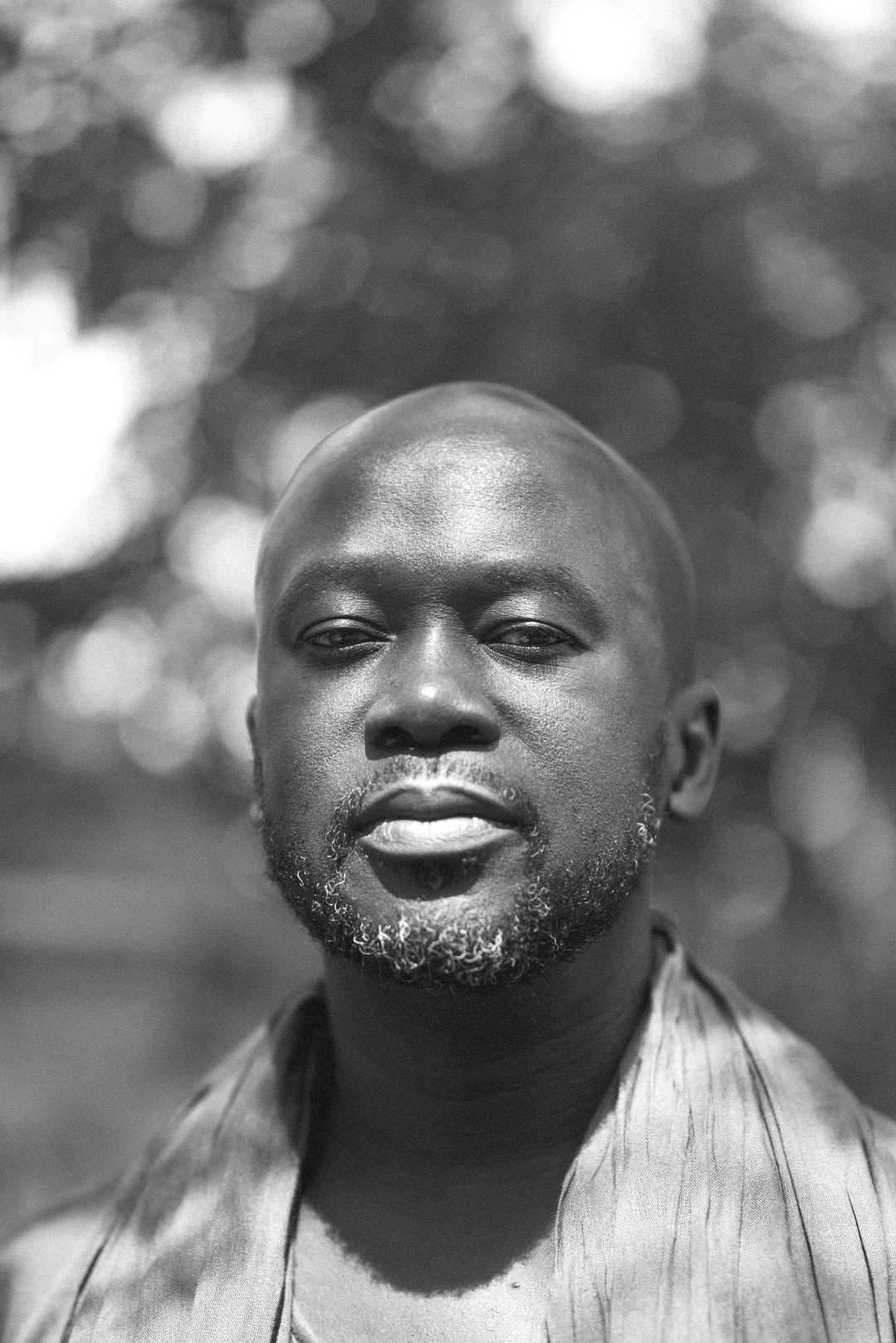
“In referring to the ancient form of the Egyptian pyramid—a form that encodes an entire cultural history of technological innovation and ancient African knowledge systems—these sculptures both extend and depart from Adjaye’s broader architectural practice,” Pace goes on to explain, “in which he examines relationships formal and cultural meaning, between the canons of Classicism and the vernacular traditions of non-Western cultures.”
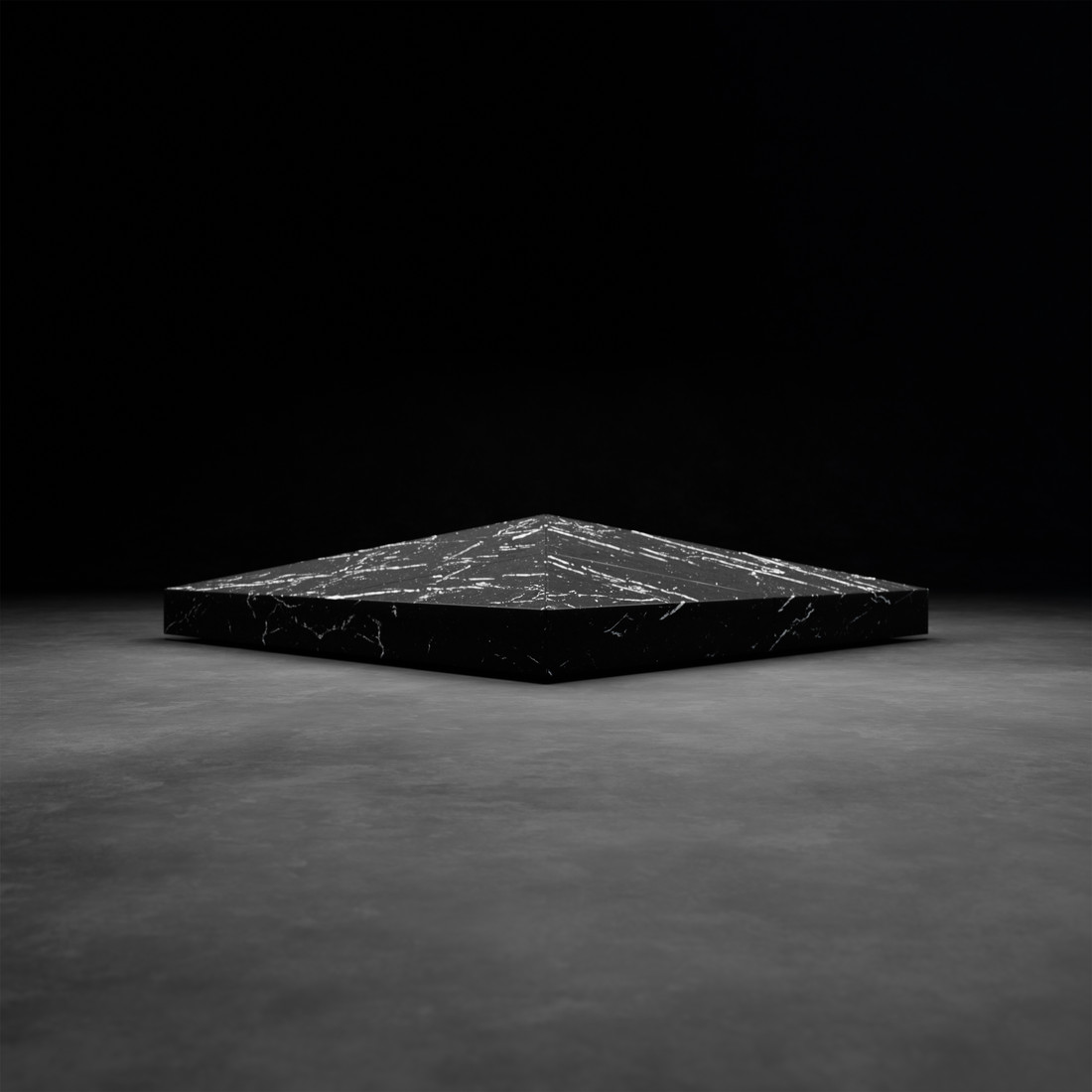
That clash of cultures is apparent in Pendleton’s work too. His WE ARE NOT paintings draw from his ‘Black Dada’ text, which combines elements of the European avant-garde with pioneering black American writers, artists and activists. The lines in Black Dada run: “we are not naive / we are successive / we are not exclusive / we abhor simpletons and are perfectly capable of an intelligent discussion! /thus saith the lord”.
It’s a pretty challenging series of declarations on the page, let alone when the first three words are sprayed repeatedly, across canvas after canvas, until the text more or less breaks down, but that’s how Pendleton likes it.
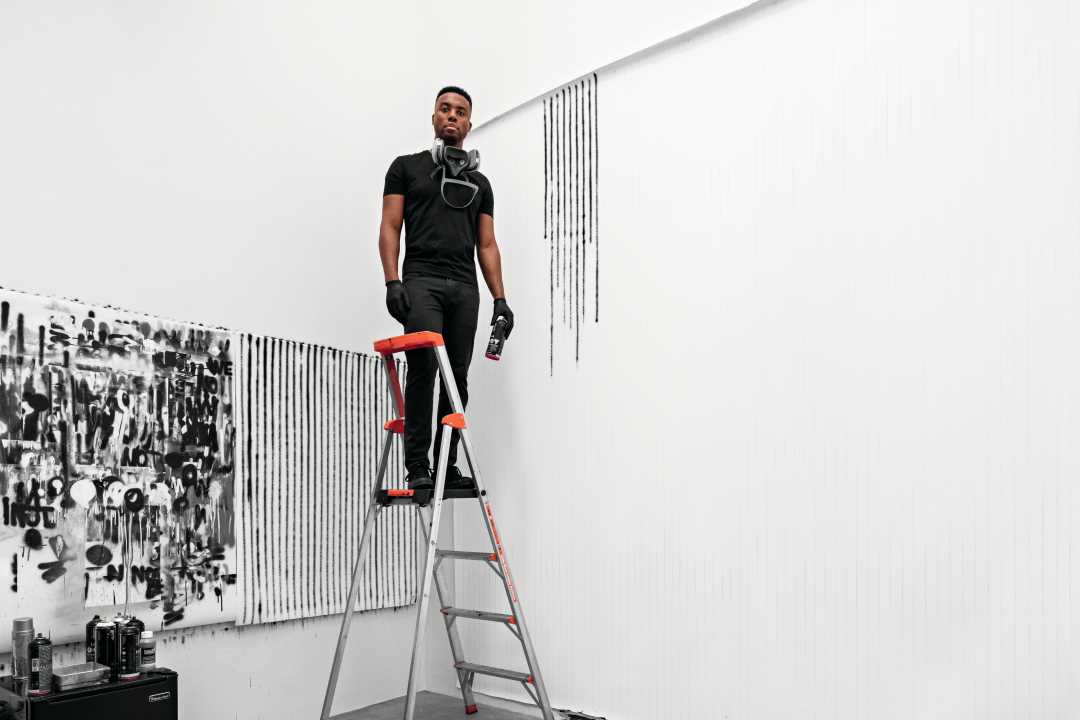
“When I talk about ‘we’ in the WE ARE NOT paintings, it’s like this declaration, but it’s also incomplete,” the artist tells the writer Alec Mapes Frances in our book. “But it’s still ‘we are not’; it’s somehow more assertive in the negative.”
To better understand how these negative statements might add up into a positively thrilling work of art, order a copy of our Adam Pendleton book here. For more on David Adjaye, consider ordering In Memory Of here.
